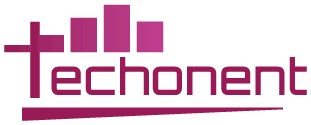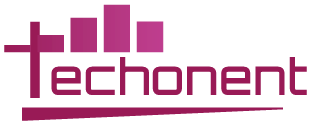
The Internet of Things (IoT) is quickly changing how we live, work, and interact with our surroundings. From smart light bulbs to connected traffic systems, IoT technology is helping homes and cities become more intelligent, efficient, and user-friendly.
IoT refers to a network of physical devices that are connected to the internet and can share data with each other. These devices can include anything from home appliances and wearables to vehicles and city infrastructure. With sensors and software built into them, they can collect and exchange information in real time, helping people make better decisions and automate everyday tasks.
Smart Homes: Making Everyday Living Easier
One of the most visible impacts of IoT is in our homes. Smart home devices are becoming common in many households. These gadgets not only make life more convenient but also help save energy, improve safety, and offer more control over our environments.
Energy Efficiency and Savings
Smart thermostats, lights, and appliances learn your behavior and automatically adjust settings to reduce energy use. For example, a smart thermostat can lower the temperature when you leave the house and turn it back up when you return. Smart plugs can shut off devices when they’re not being used. These small changes lead to lower electricity bills and a smaller carbon footprint.
Better Security
Home security has become much smarter due to IoT. Devices like smart doorbells, motion sensors, and security cameras allow homeowners to monitor their property remotely from their phones. Some systems send alerts when they detect unusual activity, and smart locks can be controlled from anywhere, offering both convenience and peace of mind.
Voice Control and Automation
Virtual assistants like Amazon Alexa, Google Assistant, and Apple Siri let you control many home devices using voice commands. You can turn on lights, play music, or check the weather just by speaking. You can also set routines like turning off all the lights and locking the doors when you say, “Good night.”
Smart Cities: Improving Urban Living
Beyond homes, IoT is also transforming how cities operate. A smart city uses connected technology to improve infrastructure, services, and the overall quality of life for residents. With growing urban populations, efficient city management is more important than ever.
Smarter Traffic Management
IoT sensors are being installed in roads and traffic lights to monitor traffic flow and reduce congestion. Real-time data helps traffic control systems adjust signal timings to keep vehicles moving smoothly. Smart parking systems can show drivers where available parking spots are, cutting down the time spent circling the block.
Public Safety and Emergency Response
Connected streetlights, cameras, and alert systems are helping cities respond faster to emergencies. For example, smart surveillance systems can detect crimes in real time and send alerts to local authorities. In case of natural disasters or accidents, sensors can detect danger early and warn people through connected communication networks.
Waste and Water Management
Smart bins equipped with sensors can tell waste management teams when they’re full and need to be emptied. This makes garbage collection more efficient and reduces unnecessary fuel use. Similarly, water systems with IoT sensors can detect leaks or monitor water quality, helping prevent waste and protect public health.
Environmental Monitoring
Cities are using IoT devices to track air quality, noise levels, and temperature across different areas. This data helps authorities make informed decisions about pollution control, green spaces, and zoning regulations. Citizens can also access this information to avoid highly polluted zones and stay safe.
The Future of IoT in Everyday Life
The future of IoT in homes and cities looks promising as technology continues to improve. We can expect to see homes that are even more intuitive able to predict our needs, personalize environments, and manage energy use more efficiently. In urban settings, IoT will likely play a greater role in public transportation, safety systems, and environmental planning. Traffic lights may adapt automatically to real-time road conditions, while public utilities could respond instantly to outages or pressure changes. Integration with artificial intelligence and machine learning will make devices even smarter, enabling predictive maintenance and more accurate decision-making. As more industries adopt connected solutions, IoT will become a key part of daily life, helping create smarter, safer, and more sustainable communities.
Conclusion
The Internet of Things is changing how we live both inside our homes and in our cities. From smart thermostats and voice assistants to connected traffic systems and environmental sensors, IoT is making everyday life more efficient and more connected. The impact is already visible, and as innovation continues, we’ll see even greater advancements that improve how we live, work, and interact with the world around us.

